The chrysanthemum, a flower deeply rooted in Eastern culture, has undergone a fascinating evolution from its early days as a medicinal tea ingredient to its modern status as a celebrated cut flower. This journey reflects not only changes in horticultural practices but also shifts in cultural appreciation and economic demand. The story of chrysanthemums is one of adaptation and reinvention, mirroring humanity's changing relationship with nature's bounty.
Ancient Origins and Medicinal Beginnings
Historical records indicate chrysanthemums were first cultivated in China as early as the 15th century BCE, primarily for their purported health benefits. The yellow chrysanthemum (Chrysanthemum morifolium) became particularly prized for tea preparations, believed to possess cooling properties and the ability to detoxify the body. Chinese herbalists would carefully dry the flower heads, preserving their delicate aroma and therapeutic compounds. This tradition spread along trade routes to Japan, where it became incorporated into elaborate tea ceremonies and gained symbolic importance in imperial culture.
The tea chrysanthemum's popularity created specialized cultivation techniques. Growers learned to maximize flower size and potency through selective breeding, creating distinct regional varieties. The Hangzhou white chrysanthemum and the Huangshan gongju (tribute chrysanthemum) became particularly renowned, their names reflecting geographic origins and cultural status. These early developments laid the foundation for the chrysanthemum's later diversification.
The Aesthetic Transformation
During the Tang Dynasty (618-907 CE), a significant shift occurred as chrysanthemums began being appreciated for their ornamental value. Court painters depicted the flowers in intricate brushwork, while poets extolled their autumnal beauty. This cultural embrace led gardeners to develop new forms - flowers with more petals, unusual color variations, and striking growth habits. The imperial gardens became living laboratories where the chrysanthemum's potential as an artistic medium was explored.
Japanese cultivation during the Edo period (1603-1868) accelerated this aesthetic evolution. The development of the "ozukuri" technique, which produced hundreds of blooms on a single plant, demonstrated the chrysanthemum's remarkable horticultural flexibility. Daimyo lords competed to sponsor the most spectacular cultivars, fueling innovation. By this time, the flower had transcended its medicinal origins to become a cultural icon, featured in family crests and seasonal festivals.
Western Discovery and Commercial Expansion
When chrysanthemums reached Europe in the 17th century, they sparked immediate fascination among botanists and wealthy collectors. Unlike Eastern enthusiasts who valued the flower's symbolism, Western growers focused on its potential for hybridization and commercial production. Victorian England saw chrysanthemums become a greenhouse staple, with breeders creating the first truly "florist" varieties - flowers grown specifically for cutting and arrangement rather than garden display.
The late 19th century marked a turning point as American growers recognized the chrysanthemum's suitability for mass production. Improved transportation networks allowed cut flowers to reach urban markets while still fresh. The development of the "cushion mum" - a compact, free-flowering type - revolutionized the industry by providing reliable blooms for floral arrangements. This period saw the establishment of chrysanthemum societies and competitive exhibitions that further drove varietal innovation.
Modern Cut Flower Revolution
Post-World War II technological advancements transformed chrysanthemum cultivation completely. The discovery of photoperiodism (the plant's response to daylight duration) allowed year-round production through controlled lighting. Dutch researchers pioneered tissue culture techniques that enabled rapid propagation of elite cultivars. Meanwhile, Japanese breeders created the spider and spoon-petal forms that expanded design possibilities for florists.
Today's global cut chrysanthemum market reflects centuries of accumulated knowledge. Modern varieties boast extended vase life, novel colors, and disease resistance - traits unimaginable to early tea cultivators. Yet contemporary growers still employ traditional techniques alongside high-tech solutions, demonstrating the remarkable continuity of chrysanthemum cultivation. From Chinese herbalists to Dutch auction houses, the chrysanthemum's journey continues to unfold, adapting to each new cultural context while retaining its essential beauty.
Cultural Legacy and Future Directions
The chrysanthemum's evolution from humble tea ingredient to international cut flower superstar represents more than just horticultural progress. It embodies the dynamic interplay between utility and beauty, between tradition and innovation. In an era of increasing environmental awareness, breeders now focus on sustainable production methods, returning in some ways to the plant's medicinal roots by developing varieties with enhanced natural pest resistance.
As consumer preferences shift toward locally grown flowers and unique heirloom varieties, small-scale chrysanthemum growers are experiencing a renaissance. The flower's remarkable genetic diversity ensures its continued relevance, whether in a teacup, a wedding bouquet, or a laboratory studying plant compounds. The chrysanthemum's story is far from over - it continues to bloom in unexpected directions, just as it has for millennia.
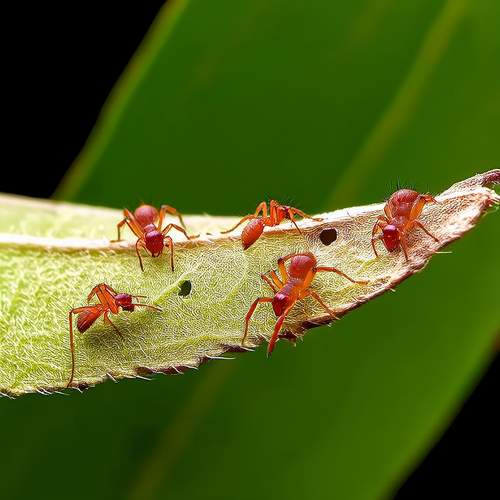
By /May 21, 2025
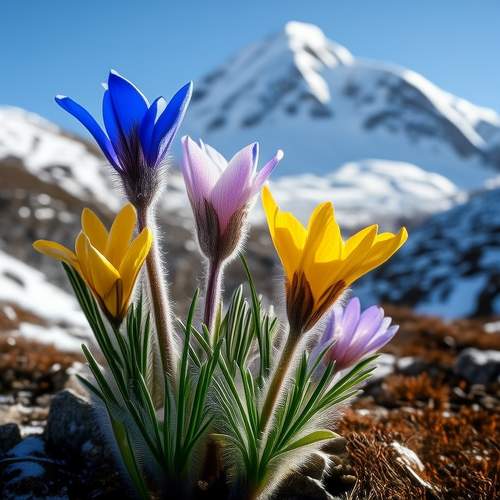
By /May 21, 2025

By /May 21, 2025

By /May 21, 2025
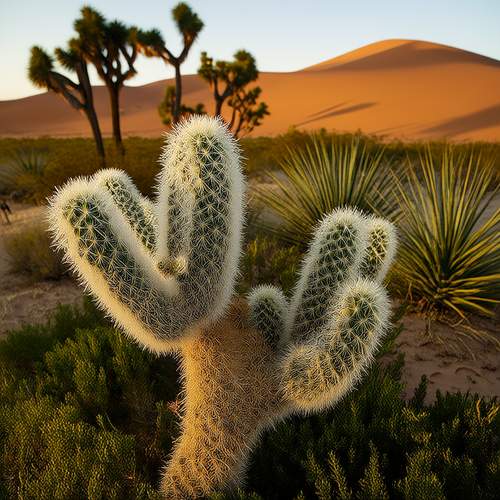
By /May 21, 2025
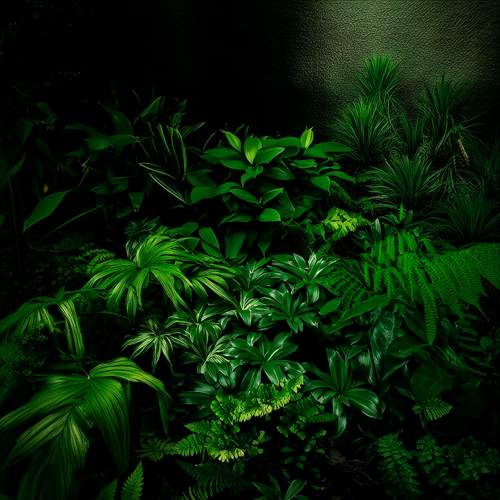
By /May 21, 2025
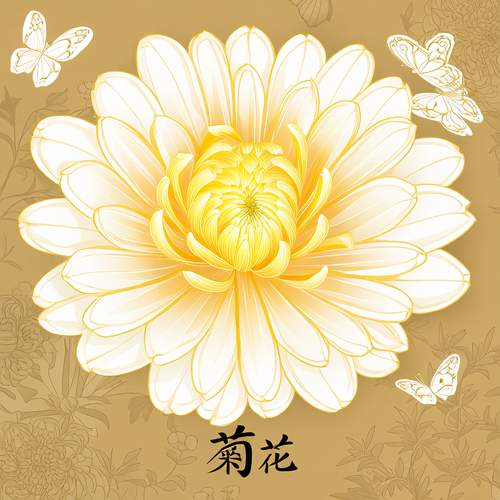
By /May 21, 2025
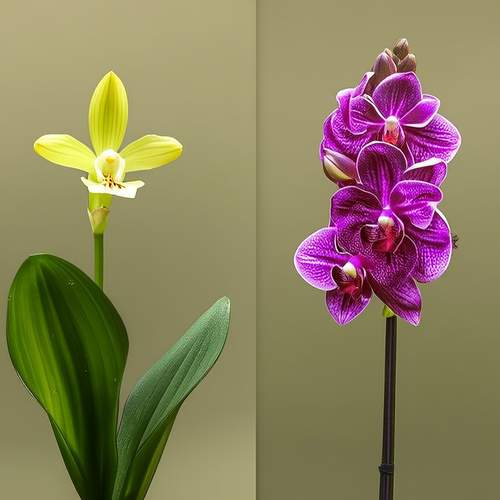
By /May 21, 2025
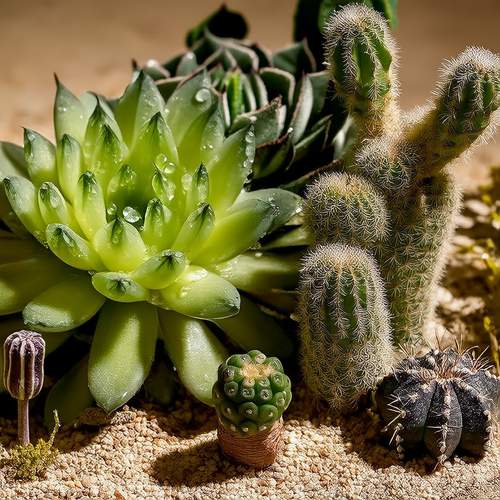
By /May 21, 2025
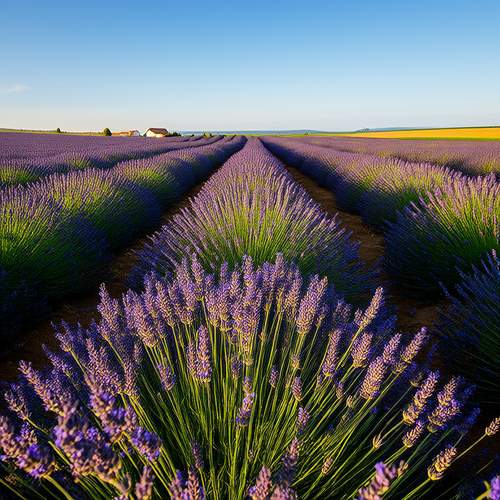
By /May 21, 2025
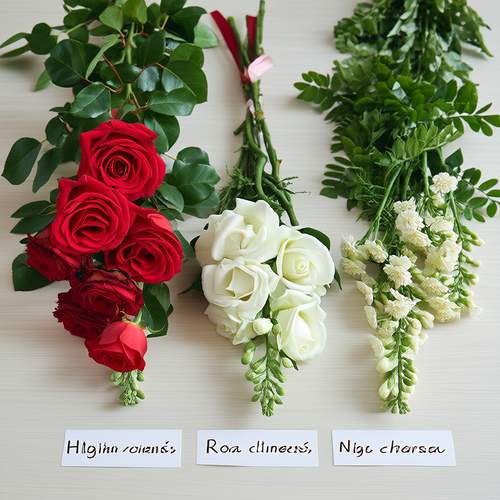
By /May 21, 2025
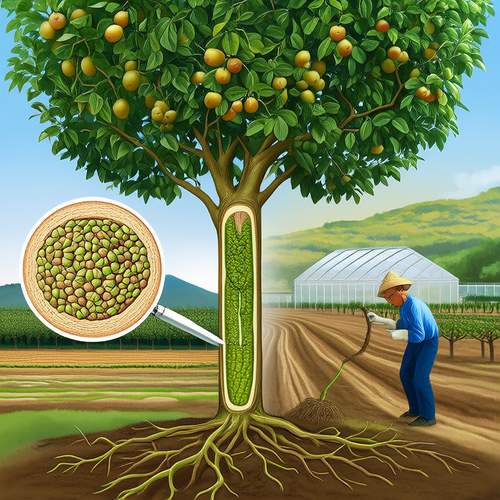
By /May 21, 2025
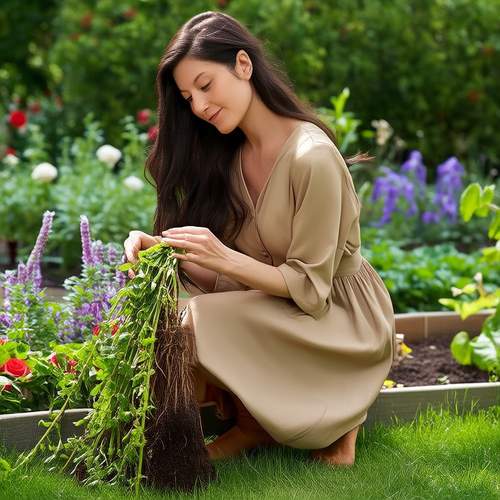
By /May 21, 2025
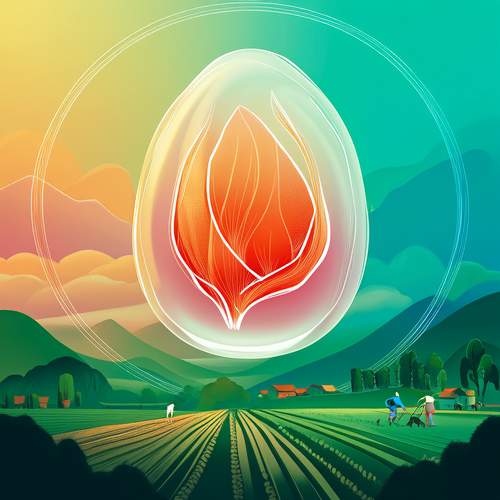
By /May 21, 2025
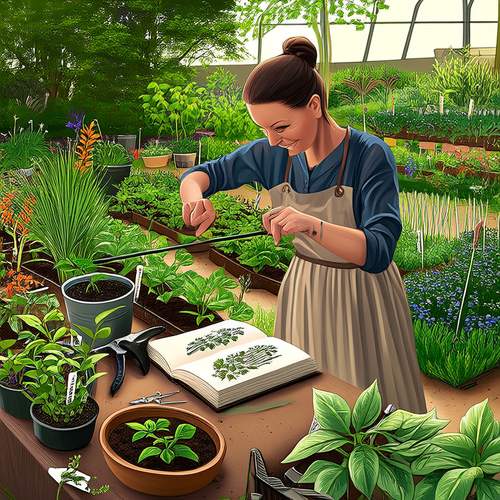
By /May 21, 2025

By /May 21, 2025

By /May 21, 2025
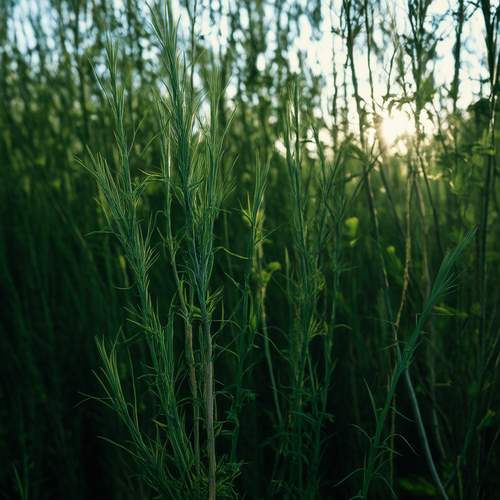
By /May 21, 2025

By /May 21, 2025
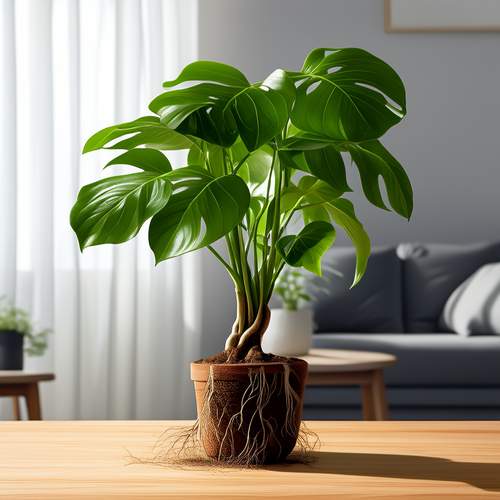
By /May 21, 2025